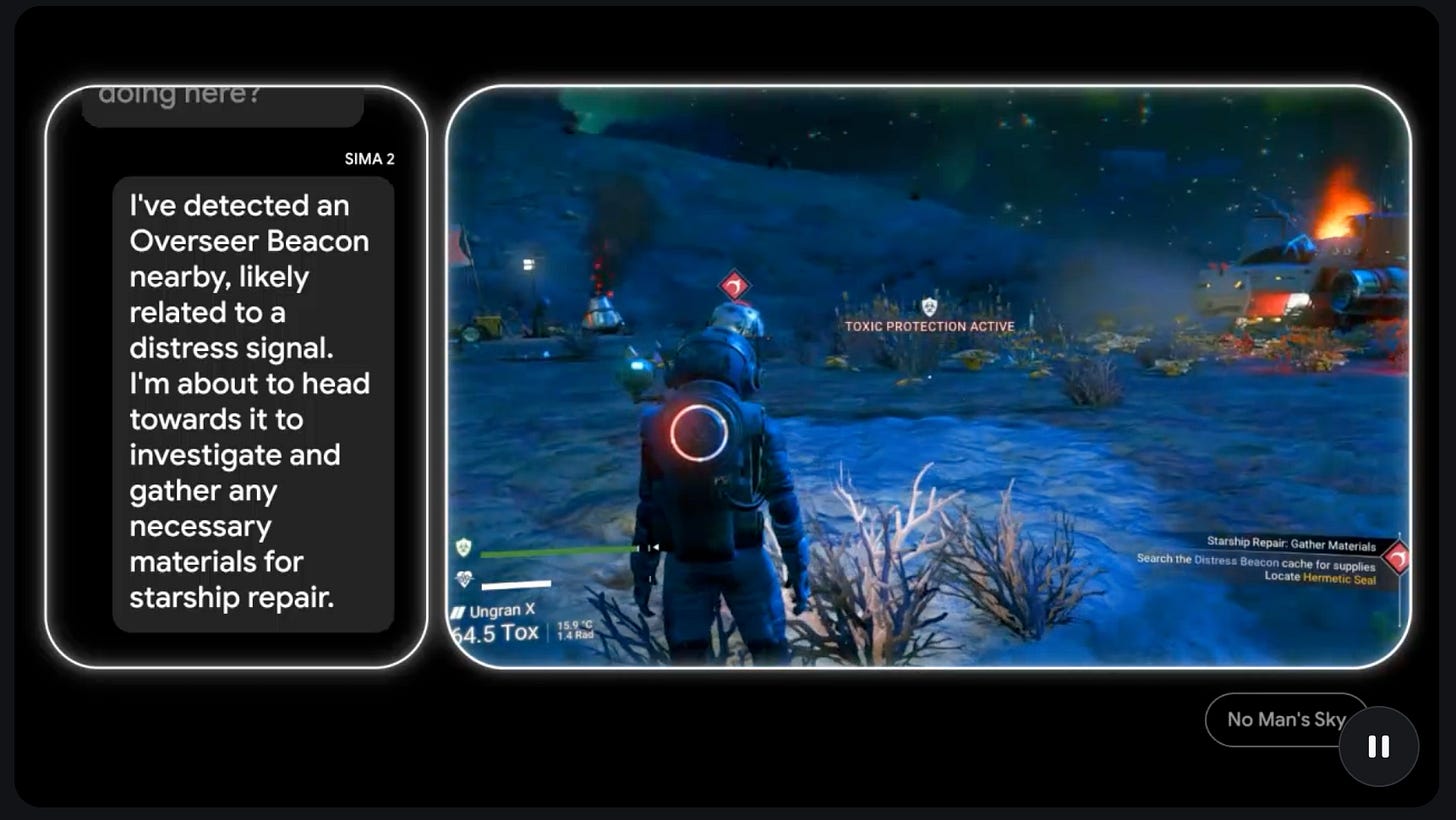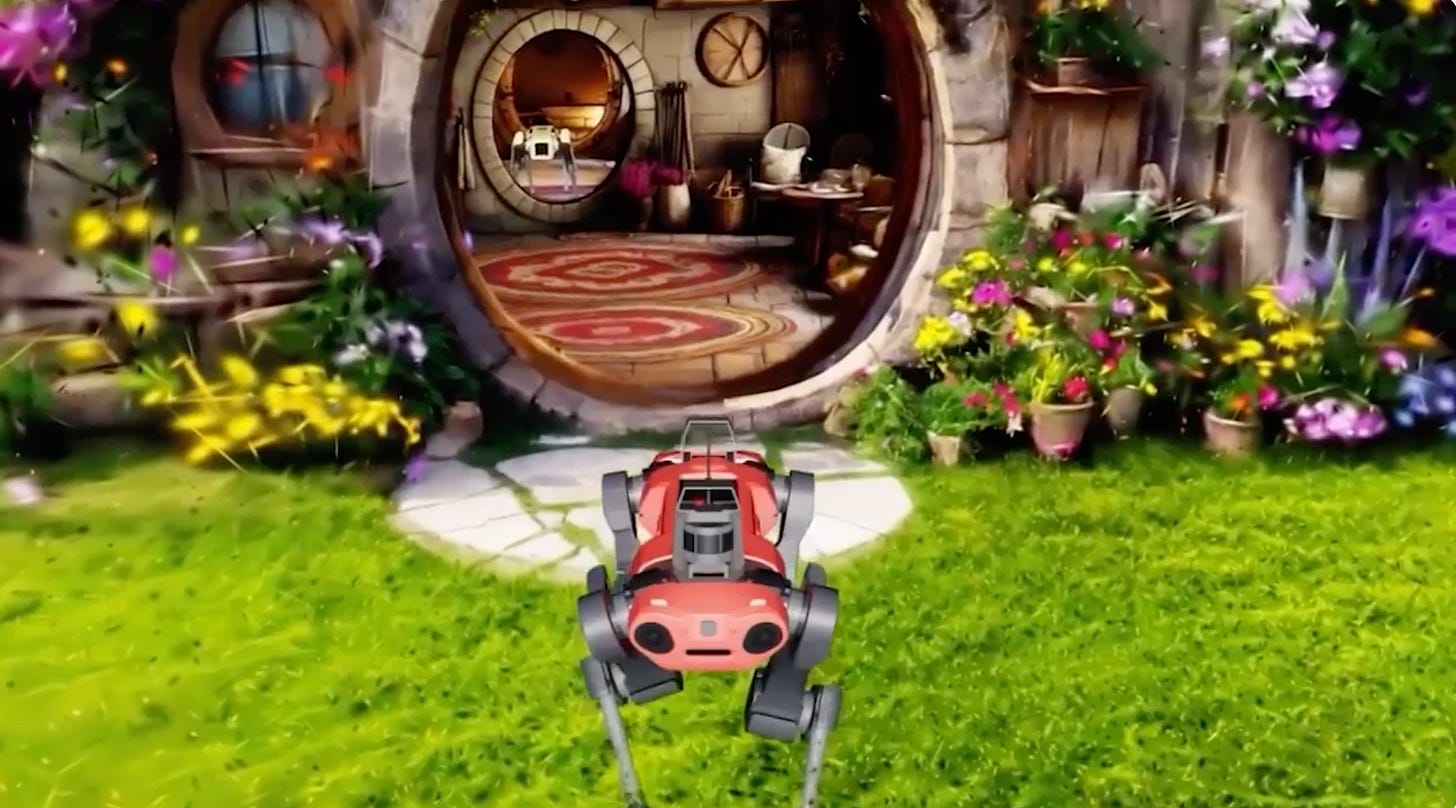AI Can Now Build 3D Worlds… And Live Inside Them
How world-generation models and AI agents are quietly rewriting the future of simulation, creativity, and spatial intelligence.
There’s a moment in the evolution of technology where separate breakthroughs suddenly stop being separate. They collide, overlap, and fuse into something that feels less like a tool and more like a new layer of reality.
Right now, that moment is happening between AI models that can create 3D worlds and AI agents that can act inside them.
For years now, we’ve had models that could generate images and agents that could take text-based actions. But now, for the first time, we’re seeing both sides of intelligence — perception and action — emerge inside the same spatial environment.
And the implications stretch far beyond game engines or VFX workflows.
This is the start of AI that understands space.
For a complete breakdown of the models, the workflows, and how they’re beginning to merge, watch my video below:
The Rise of AI World-Builders
A few years ago, turning images into a 3D environment required photogrammetry pipelines, cleanup passes, sculpting, and hours of rendering. Today, tools like World Labs’ Marble can do it from a single image, a handful of photos, or even an old 360 pano.
Marble can fuse perspectives, rebuild spaces, merge worlds, edit layouts, and export splats straight into tools like Octane. What once took days now takes minutes. And once it’s generated, you can edit it with ease: remove a wall, add a hallway, re-skin an entire room. It feels less like 3D modeling and more like world authoring.
At the same time, implicit systems like Genie-3 are using video diffusion to create interactive spaces in real time — no splats, no meshes, just autoregressive video generation. The power of this implicit world understanding has yet to be explored to even a fraction of its potential.
But Worlds Alone Aren’t Enough
A world without an actor is just a set. A world with an actor becomes a simulation. That’s where Google’s new AI agent, SIMA 2, enters: an embodied system that can navigate environments, follow multi-step instructions, reason about objects, play games, and even self-improve. It makes decisions based solely on what a player would see on a computer screen and closes the gap between understanding and action.
The Convergence: A New Digital Medium
The breakthrough isn’t world generation or AI agents — it’s both happening at once. World-builders give AI a body. Agents give AI a mind. Together, they create a sandbox where intelligence can grow.
Imagine Robots learning skills in synthetic simulations.
Games that build themselves while NPCs evolve through experience.
Self-driving cars learning to navigate in a synthetic world with every possible scenario.
Agents simulating rare diseases or edge-case complications to improve clinical preparedness.
This future is already taking shape.
On The Horizon 🔭
The next decade of physical AI development will be defined by agents living inside persistent worlds, learning, adapting, and interacting. We’re moving from AI as a tool to AI as a participant.
Intelligence is becoming spatial. And the systems emerging today — world-builders, agents, simulators — are early prototypes of a future where digital and physical space blend. Not because the world becomes virtual, but because intelligence finally has room to move.
If you’re building worlds, making films, or thinking about where storytelling goes next, this conversation is for you.
Cheers,
Bilawal Sidhu
https://bilawal.ai




